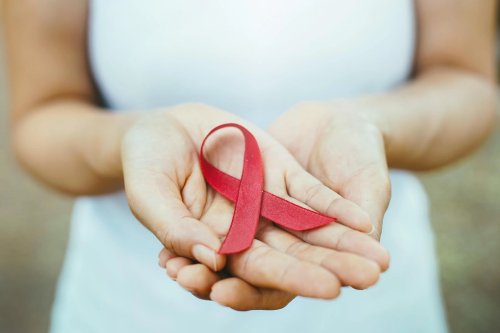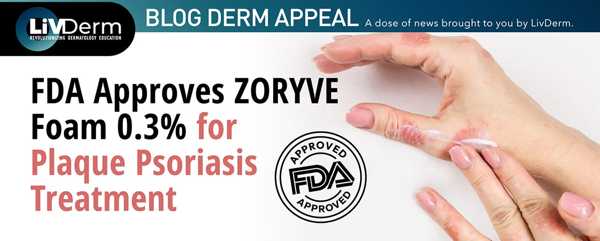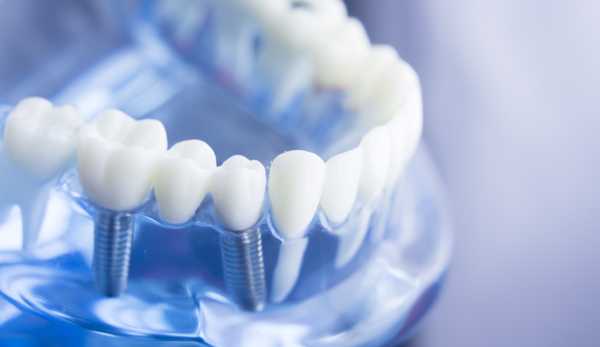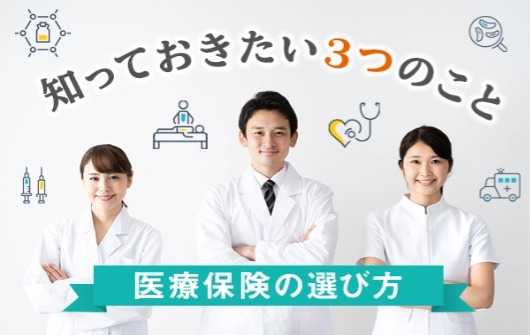【2025年最新版】英会話講師の求人情報|未経験OK・高時給のチャンス多数!
Effective HIV Prevention: A Comprehensive Approach to Staying Safe
Human Immunodeficiency Virus (HIV) continues to be a global health issue, affecting millions worldwide. However, with knowledge, prevention strategies, and medical advancements, the risk of contracting HIV can be minimized. This article provides a detailed overview of the most effective HIV prevention methods available in 2024, helping you understand how to stay safe and protect your health.
Human Immunodeficiency Virus (HIV) continues to be a global health issue, affecting millions worldwide. However, with knowledge, prevention strategies, and medical advancements, the risk of contracting HIV can be minimized. This article provides a detailed overview of the most effective HIV prevention methods available in 2024, helping you understand how to stay safe and protect your health.

1. Get Tested Regularly
HIV testing is the first and most important step in HIV prevention. The only way to know if you have HIV is by getting tested. Early detection allows individuals to begin treatment sooner, improving health outcomes and reducing the risk of transmitting the virus to others. Both sexually active individuals and those who share needles should get tested regularly. Additionally, encourage your sexual partners to get tested as well.
Testing options are available at local health clinics, community centers, and even through at-home testing kits, which offer convenience and privacy. If you test positive, starting treatment immediately can reduce the viral load to undetectable levels, preventing the transmission of the virus.
2. Consistent Condom Use
Condoms remain one of the most effective ways to prevent the transmission of HIV during sexual activity. Condoms act as a barrier, preventing the exchange of bodily fluids, including semen, vaginal fluids, and blood, which can carry the HIV virus. When used correctly and consistently during vaginal, anal, and oral sex, condoms offer protection against not just HIV but also other sexually transmitted infections (STIs).
Using condoms alongside water-based or silicone-based lubricants reduces the risk of condom breakage, ensuring maximum protection.
3. Pre-Exposure Prophylaxis (PrEP)
PrEP is a preventive medication for HIV-negative individuals at high risk of contracting the virus. This daily pill, commonly known as Truvada or Descovy, contains two antiretroviral drugs that reduce the risk of HIV infection by up to 99% when taken consistently.
PrEP is recommended for individuals who are at increased risk, such as those with HIV-positive partners, people who inject drugs, or individuals engaging in high-risk sexual activities. If you're at higher risk for HIV, discuss PrEP with your healthcare provider. It’s an effective way to protect yourself from HIV, and it’s highly recommended for people who have frequent exposure risks.
4. Post-Exposure Prophylaxis (PEP)
PEP is an emergency medication that can be taken within 72 hours after a potential HIV exposure, such as unprotected sex or needle-sharing. PEP involves a 28-day course of antiretroviral drugs and can reduce the risk of HIV infection by over 80% if started promptly after exposure. It is critical to start PEP as soon as possible to maximize its effectiveness.
If you think you’ve been exposed to HIV, contact a healthcare provider immediately to discuss whether PEP is right for you.
5. Limit the Number of Sexual Partners
Reducing the number of sexual partners can lower your chances of coming into contact with someone who is HIV-positive. While this doesn’t guarantee complete protection, monogamous relationships with HIV-negative individuals reduce the chances of exposure. It is also essential to practice safe sex with any new partners, including the use of condoms and open discussions about sexual health.
6. Avoid Sharing Needles
Injecting drugs and sharing needles or syringes is one of the most common ways HIV is transmitted. When using drugs intravenously, always use clean, sterile equipment, and never share needles. Many communities offer needle exchange programs, providing clean syringes to prevent the spread of HIV and other infections.
If you’re struggling with substance use, consider seeking support or counseling. Programs are available to help individuals reduce drug use and mitigate HIV risk.
7. For HIV-Positive Individuals: Adherence to Antiretroviral Therapy (ART)
People living with HIV can achieve an undetectable viral load if they adhere to their antiretroviral therapy (ART). ART is a combination of medications that help control the virus, reduce the risk of transmitting HIV to others, and keep the immune system functioning properly.
Undetectable viral load means that the amount of HIV in your blood is so low it cannot be detected by standard blood tests. When the viral load is undetectable, HIV cannot be sexually transmitted—a concept known as Undetectable = Untransmittable (U=U). This breakthrough has made a significant impact in reducing HIV transmission among serodiscordant couples (one partner is HIV-positive, the other is HIV-negative).
8. Use Clean Needles if You Inject Drugs
If you inject drugs, always use clean and sterile needles. Sharing needles increases the likelihood of spreading HIV, hepatitis, and other bloodborne diseases. Avoiding drug injection altogether is the most effective way to prevent HIV. However, if you do inject drugs, never share needles, and consider using needle exchange programs to reduce your risk.
9. Prevent HIV Transmission During Pregnancy
HIV-positive women who are pregnant can reduce the risk of transmitting the virus to their baby through antiretroviral therapy (ART). With the proper medical care, HIV transmission rates from mother to child can be reduced to below 1%. It’s important for pregnant women living with HIV to start ART as early as possible in pregnancy and to avoid breastfeeding, as HIV can be passed through breast milk.
HIV testing is a critical part of prenatal care for all pregnant women. Early intervention can ensure the health and safety of both the mother and child.
10. Get Vaccinated
Getting vaccinated against other infections, such as hepatitis B and HPV, can help prevent further complications in people living with HIV. Vaccinations strengthen the immune system and can reduce the risk of certain cancers and liver disease, which HIV-positive individuals are more susceptible to due to their compromised immune system.
Conclusion: HIV Prevention Is Possible with Awareness and Action
HIV prevention requires a multifaceted approach. By practicing safe sex, getting tested regularly, taking PrEP, avoiding needle-sharing, and adhering to ART, individuals can significantly reduce their risk of contracting or transmitting HIV. With the right knowledge and prevention strategies, you can protect yourself and others, leading to a healthier, HIV-free future.
If you’re unsure about your HIV risk or prevention options, consult with your healthcare provider for personalized advice and resources. Prevention is within your control—take action today to stay safe.











